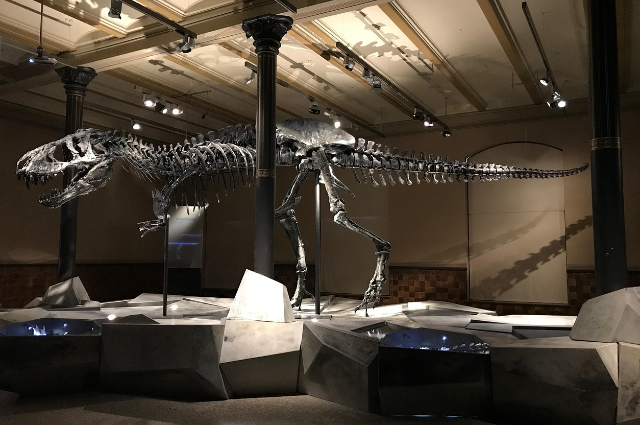
Image by heimseiten_WebdesignKoeln from Pixabay
If you had to choose which animal to bring back from extinction, what would be your pick? Mine would have definitely been dinosaurs. Almost all of us have that one favorite dinosaur we would love to ride or pet, hoping they won't just tear us down for being too close. With the growing development in the field of DNA and RNA processes, the dream of seeing a real-life Jurassic Park feels like it could be true. But can it be? And if it does, is it feasible? Is it good? Is it morally right? Let's dive in to see.
The Science of De-Extinction
The idea of bringing back extinct animals isn’t just a sci-fi fantasy anymore. It's possible and Scientists have already made progress in cloning extinct or endangered species. We’ve all heard about Dolly the sheep, the first mammal cloned from an adult cell. More recently, efforts to revive the woolly mammoth have been making headlines. With news about dodo and other animals following behind. The process behind this is called de-extinction, where scientists use preserved DNA from extinct species and try to recreate them through cloning or genetic engineering.
But when it comes to dinosaurs, there’s a big problem, the main essence of de-extinction, DNA, doesn't last forever. Unlike mammoths, whose remains have been frozen in ice, and aren't harmed or incomplete, dinosaur bones are millions of years old. DNA breaks down over time, and after 65 million years, there’s practically nothing left. Even if we somehow found fragments of dinosaur DNA, they would be too damaged to be usable.
The Challenges: Why It’s Not That Simple
Assuming things and believing that we somehow find a way to reconstruct a dinosaur’s DNA, then what? There are still major roadblocks:
- DNA Decay: As mentioned, no complete dinosaur DNA exists, making cloning impossible. Getting just a piece isn't feasible just like in the Jurassic park movie we need a proper complete form to re construct an animal none of us has seen.
- Incomplete Genome: Even if we find some DNA pieces, how do we fill in the missing gaps? The only way would be to modify DNA from a related species, like birds, but that wouldn't be a true dinosaur, it would be something new. Its behaviour pattern, its aggressiveness and its nature all of it will be unpredictable to us.
- The Surrogate Problem: Even if we had a full genome, what modern animal could carry a dinosaur embryo? There’s no creature alive today built for that.
Could Dinosaurs Even Survive Today?
Assuming, by some miracle, we successfully bring a dinosaur back. What then? The world has completely changed since they last roamed after all it's been 65 million years. A lot has changed, would they adapt?
- Climate: Dinosaurs lived in an environment with an oxygen level 3 times the current, temperature, and ecosystems were Totally different; they were at the top of the food chain roaming freely, not being caged or kept in solitude. Could they even breathe and live properly in today’s environment?
- Food Chain Issues: Dinosaur's main food was never mammals, their appetite is too big to be extinguished by that. Even herbivorous Dinosaurs eat a lot of plants, not just a chunk of grass.
- Diseases & Bacteria: Millions of years of evolution have changed microorganisms, and a revived dinosaur might not have immunity to them. But also if any disease spreads from them we won't have a cure for it. It could be another pandemic like COVID-19
And let’s not even get started on the risks of unleashing a T-Rex into the modern world. Jurassic Park showed us one version of how that could go. Excluding the fact it was not even half of what a real hungry and dangerous T-rex could do.
What Scientists Are Actually Doing
While dinosaurs might be a lost cause, scientists are working on bringing back species that went extinct more recently. The woolly mammoth, for example, is being recreated using DNA extracted from frozen remains and modified elephant cells. Similarly, there are efforts to bring back the dodo bird.
One interesting experiment is the "chickenosaurus" project, scientists are tweaking the genes of modern birds (the closest relatives to dinosaurs) to give them dino-like traits. In a way, they’re trying to reverse-engineer a dinosaur rather than clone one. But does that count as bringing back dinosaurs? Or is it just another modified animal?
Jurassic Park: Fantasy or Future?
At the end of the day, bringing back real dinosaurs isn’t happening anytime soon, if ever. The science just isn’t there. Even if it were, the ethical and practical issues are massive. Should we play god and bring back creatures from a world long gone? Would it even be fair to them?
Maybe dinosaurs are best left as fossils, books, and movie legends. After all, life did find a way, but maybe it’s not supposed to go backward.
